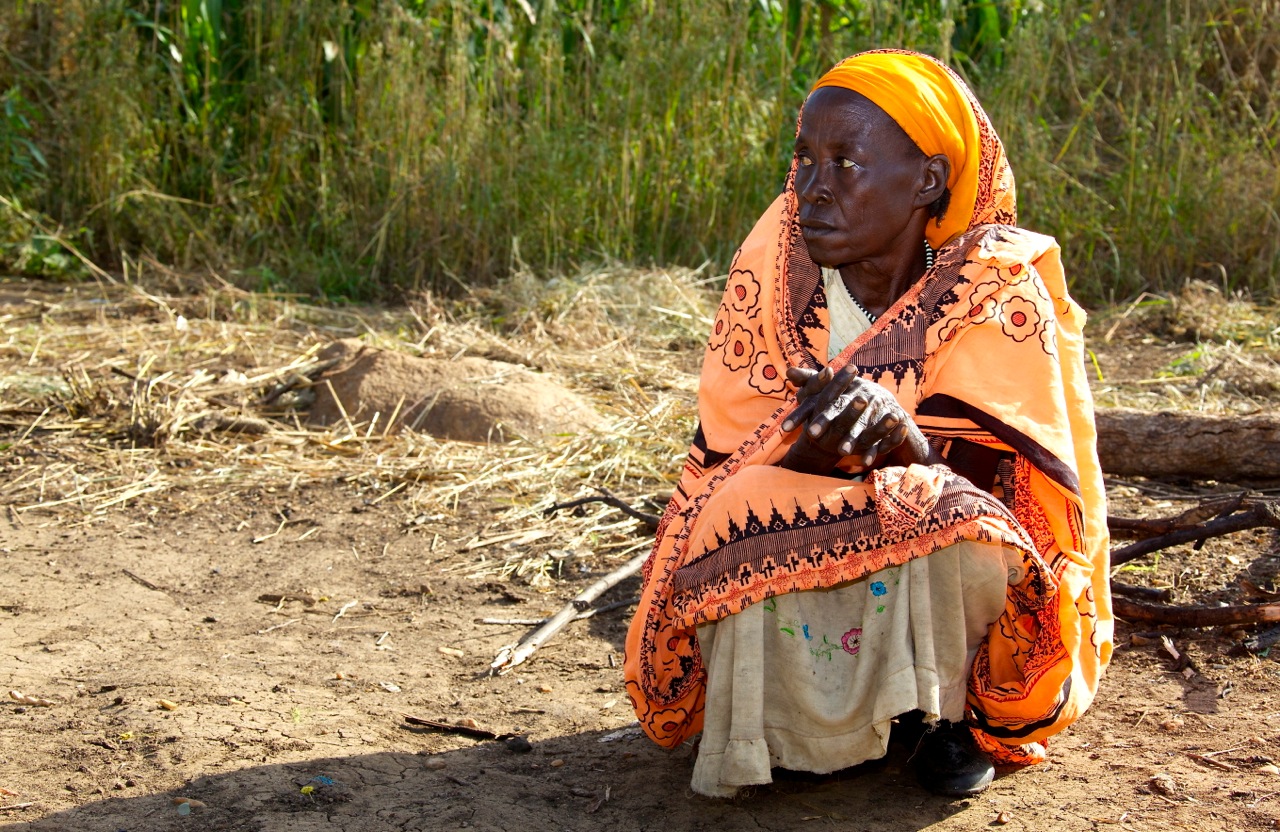
Since September 2011, civilians in Sudan’s Blue Nile state have suffered a systematic campaign of collective punishment characterized by aerial bombardment and ethnic cleansing. Following disputed elections, a failed attempt to disarm rebels in Blue Nile quickly developed into a full-fledged armed conflict between the Sudan Armed Forces, or SAF, and a coalition of rebel groups, the Sudan Revolutionary Forces, or SRF. Many sought refuge in neighboring South Sudan and Ethiopia. Those remaining, particularly civilians from Malik Agar’s Ingessana Hills were subjected to the SAF’s ground offensive in early 2013, leading to another wave of displacement. As of June 2013, according to the Sudan Relief and Rehabilitation Agency, there were approximately 119,220 internally displaced persons, or IDPs, in Blue Nile.4 Now, as a renewed dry season campaign begins, at least 2,000 more have already sought refuge in South Sudan. As a result, at least 121,000 refugees from Blue Nile are currently in South Sudan’s Upper Nile state, and 38,000 have found their way to Ethiopia.
The ongoing conflict has created a critical humanitarian situation. During the first half of 2013, there was a significant opening of access to government-controlled areas in Blue Nile state. The World Food Programme delivered food assistance to 84,000 people across five localities, and the United Nations refugee agency delivered emergency shelter and non-food items to 5,000 people.
However, the Sudanese government still denies humanitarian aid organizations access to rebel-held areas of the state. According to the U.N., an estimated 185,000 people needed relief assistance in Blue Nile as of September 30, 2013. Heavy flooding in August further complicated the tenuous food security situation in the area. According to the October 2013 report from the Famine Early Warning Systems Network, or FEWS Net, displaced populations in areas of Blue Nile state controlled by Sudan People’s Liberation Movement-North, or SPLM-N, face “crisis” levels of food insecurity. Anonymous researchers working in Blue Nile state found:
• A dry spell in June and July of 2013 burnt the first seeds that were planted in large swathes of SPLM-N controlled areas, affecting the harvest of 75 percent of the population. Local markets also lack essential commodities, and widespread poverty among host communities makes them unable to stimulate the market.
• Internally Displaced Persons, or IDPs, and host communities have been using a variety of coping mechanisms to deal with food insecurity. Families have reduced the number of meals they consume to just one per day. Many interviewed families confirmed that they have only been eating porridge. Other common copings mechanisms used include feeding on wild fruits, leaves, and roots; families with livestock are selling or slaughtering their animals. General observations of hair and skin color indicated malnutrition among all ages, particularly for children below five years of age.

